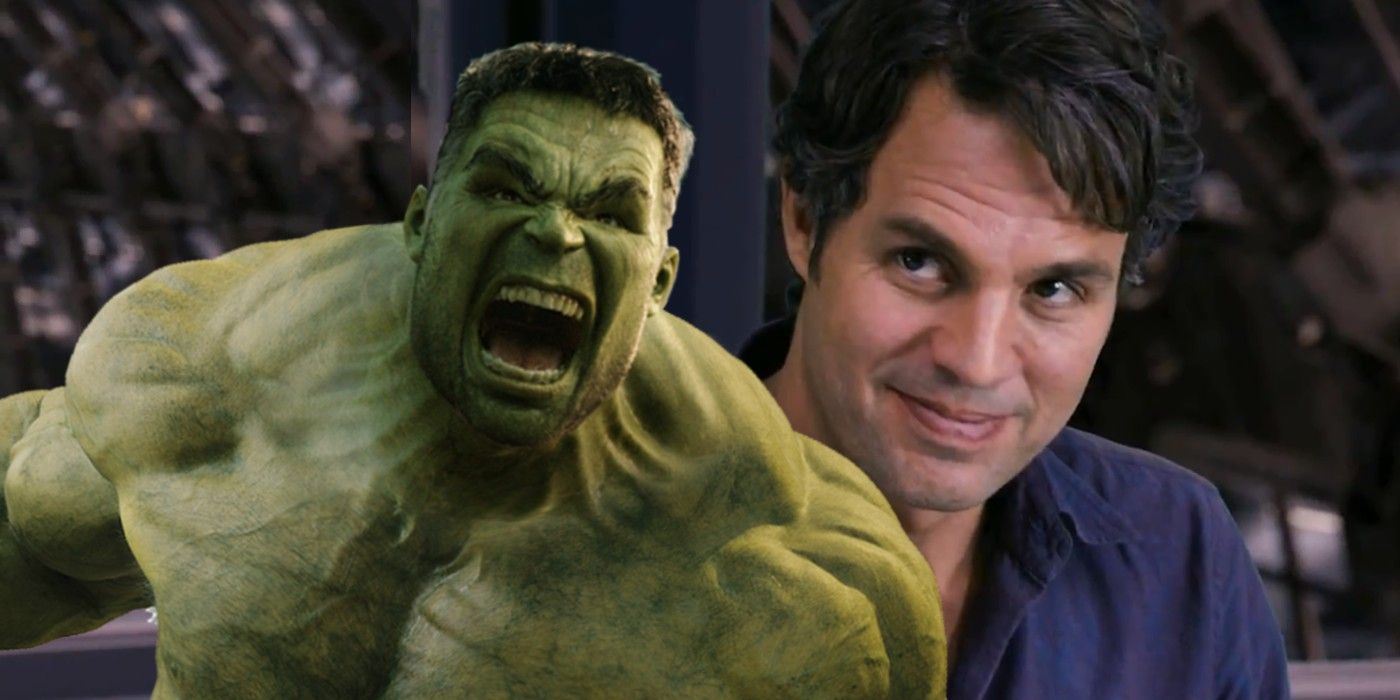FAN FAVORITE CHARACTERS
SPIDER-MAN
Before Disney purchased Marvel in 2009 for a reported $4 billion, famous characters like Iron Man, Captain America, Black Panther, and Captain Marvel were deemed “irrelevant” by most companies interested in claiming their stake in Marvel, including Sony. Then, in 1998, Sony purchased the film rights to Spider-Man for a reported $7 million. Marvel offered the rights to nearly every one of their characters, including Iron Man and Ant-Man, for an astronomically low amount., but Sony was only interested in Peter Parker’s story.
Spider-Man is a secret identity of Peter Benjamin Parker. Initially, Peter was depicted as a teenage high-school student and an orphan raised by his Aunt May and Uncle Ben in New York City after his parents, Richard and Mary Parker, died in a plane crash. Lee, Ditko, and later creators had the character deal with the struggles of adolescence and young adulthood and gave him many supporting characters, such as Flash Thompson, J. Jonah Jameson, and Harry Osborn; romantic interests Gwen Stacy, Mary Jane Watson, and the Black Cat; and enemies such as Doctor Octopus, the Green Goblin, and Venom. In his origin story, Peter gets his superhuman spider powers and abilities after being bitten by a radioactive spider. These powers include superhuman strength, agility, reflexes, stamina, durability, coordination, and balance; clinging to surfaces and ceilings like a spider; and detecting danger with his precognition ability called "spider-sense". He builds wrist-mounted "web-shooter" devices that shoot artificial spider-webs of his own design, which he uses both for fighting and travel, or webswing across the city. Peter Parker initially used his powers for his personal gain, but after his Uncle Ben was killed by a thief that Peter could not stop, he began to use his powers to fight crime by becoming Spider-Man.
Before Spider-Man first appeared in the early 1960s, teenagers in superhero comic books were usually relegated to the protagonist's sidekick role. The Spider-Man comic series broke ground by featuring Peter Parker, a high school student from the Queens borough of New York City, as Spider-Man's secret identity, whose "self-obsessions with rejection, inadequacy, and loneliness" were issues to which young readers could relate. While Spider-Man was a quintessential sidekick, unlike previous teen heroes Bucky Barnes and Robin, Spider-Man had no superhero mentor like Captain America and Batman; he had learned the lesson for himself that "with great power comes great responsibility" —a line included in a text box in the final panel of the first Spider-Man's origin story, but later retroactively attributed to the late Uncle Ben Parker.
Marvel has featured Spider-Man in several comic book series, the first and longest-lasting of which is The Amazing Spider-Man. Since his introduction, the main-continuity version of Peter has gone from a high school student to attending college to currently being somewhere in his late 20s. Peter has been a member of numerous superhero teams, most notably the Avengers and Fantastic Four. Doctor Octopus also took on the identity for a story arc spanning 2012–2014, following a body swap plot in which Peter appears to die.[9] Marvel has also published comic books featuring alternate versions of Spider-Man, including Spider-Man 2099, which features the adventures of Miguel O'Hara, the Spider-Man of the future; Ultimate Spider-Man, which features the adventures of a teenage Peter Parker in the alternate universe; and Ultimate Comics: Spider-Man, which depicts a teenager named Miles Morales who takes up the mantle of Spider-Man after Ultimate Peter Parker's apparent death. Miles later became a superhero in his own right and was brought into mainstream continuity during the Secret Wars event, where he sometimes works alongside the mainline version of Peter.
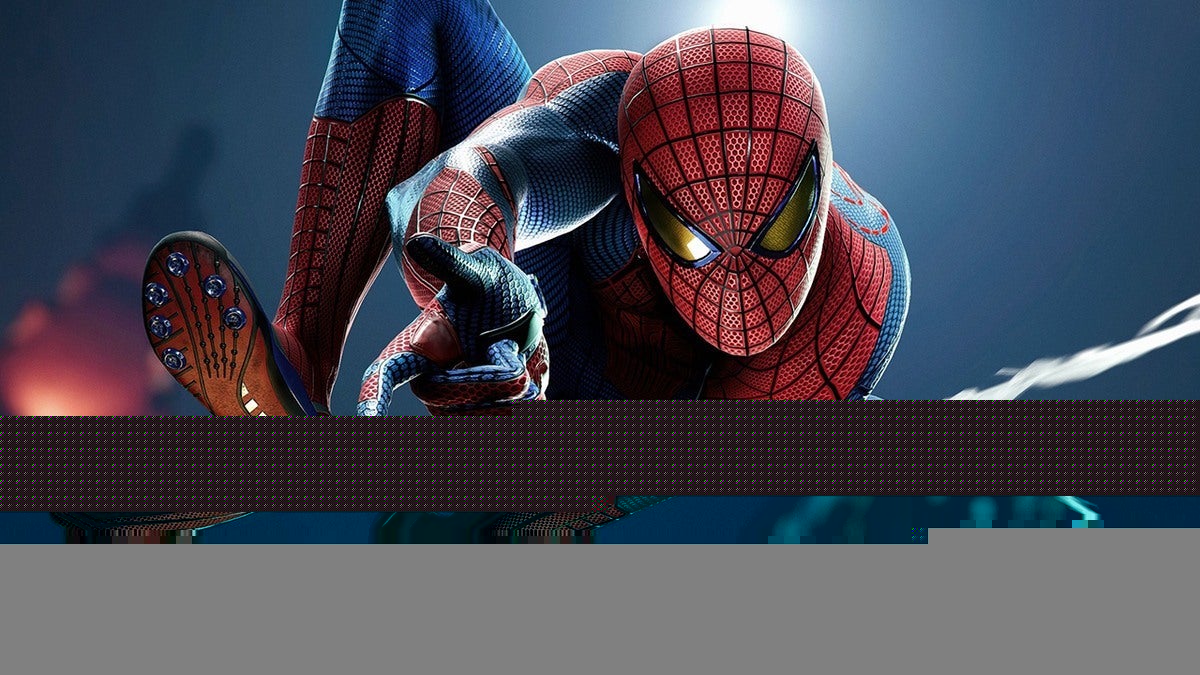
IRON MAN
Iron Man’s alter ego of Tony Stark—wealthy playboy inventor, owner of Stark International, and international arms manufacturer—was partly based on the wealthy inventor, business mogul, and defense contractor Howard Hughes. In Marvel’s early days, much was made of the company’s creation of “heroes with problems,” and Stark’s problem was potentially fatal: while demonstrating some new weapons in the jungles of Vietnam, he is injured by a bomb and captured by a Viet Cong warlord. With his life ebbing away, Stark is forced to work for his captors, creating new weapons, but unknown to them he secretly builds himself a high-tech suit of armour that will both keep him alive and make him a walking arsenal. Once in the gray clanking suit, Stark defeats the warlord and returns to the United States to assume the role of a superhero, but his tragedy is that he can never remove the chest plate that keeps him alive. To compound his dilemma, the armour needs constant recharging and has the unfortunate tendency to run out of power at the most inconvenient moments, usually in the middle of a pitched battle.
Among those in Iron Man’s supporting cast are Stark’s chauffeur, “Happy” Hogan; his perky secretary, Virginia (“Pepper”) Potts; and James Rhodes, a former U.S. Marine Corps pilot who would eventually don his own suit of armour as the costumed hero War Machine. Iron Man’s major villains included Titanium Man, an armour-wearing Soviet giant (later immortalized by Paul McCartney in a song on his Venus and Mars album); rival industrialists Obadiah Stane and Justin Hammer; the Maggia crime cartel; and his archenemy, the Mandarin. The Mandarin was a sinister mastermind who rivaled Stark in scientific genius, and he wielded 10 rings of alien origin that granted him an array of powers.
Throughout the 1960s and ’70s, Iron Man was a mainstay of Marvel’s output. The character was one of the charter members of the Avengers and has maintained a regular presence in that group. Stark’s wealth funded the Avengers’ mansion, and his technical wizardry led to the creation of a virtual wardrobe of armoured suits. His hulking gray costume was replaced with a succession of ever-sleeker designs that generally hewed to a red and gold colour scheme.
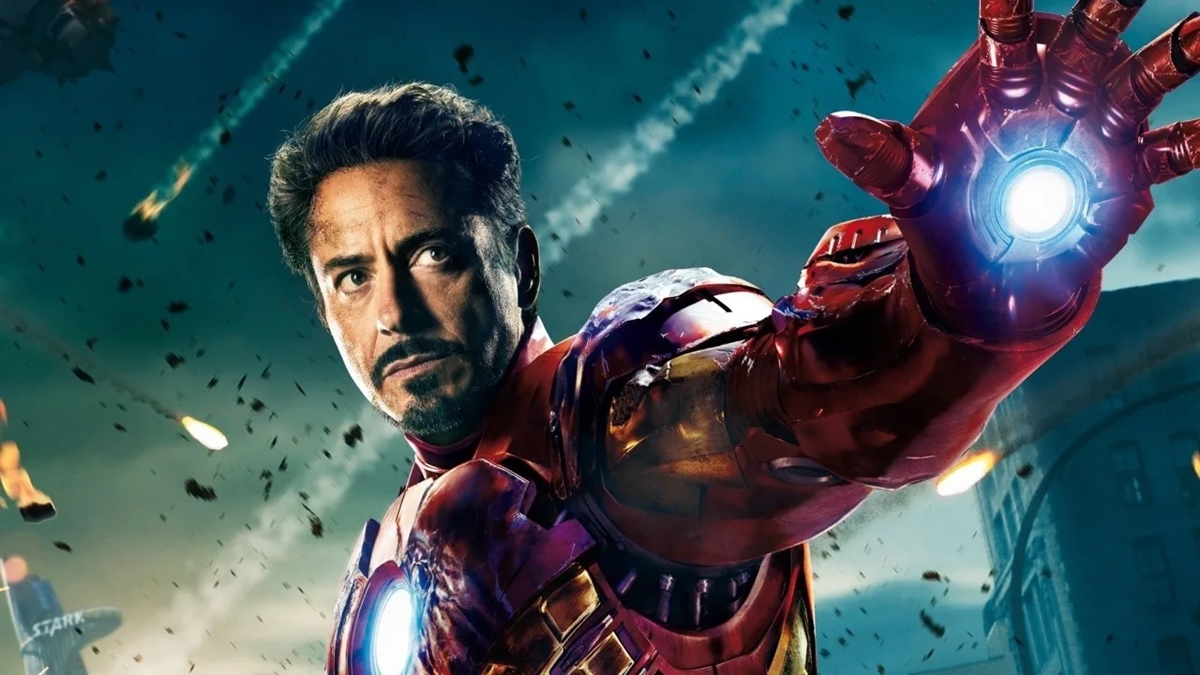
THOR
Thor’s first adventure introduced readers to the doctor Donald Blake. While vacationing in Norway, Blake stumbles across an invasion force of the Stone Men of Saturn (an alien race later known as Kronans). When the startled doctor takes refuge in a nearby cave, he finds a cane, which he strikes against the wall, only to find himself dramatically changed. Blake becomes the thunder god Thor, and the cane transforms into the enchanted hammer Mjolnir. The inscription on the hammer declares, “Whosoever holds this hammer, if he be worthy, shall possess the power of Thor.” As Thor, Blake could fly and control the elements, and he possessed extraordinary strength. Mjolnir magically returned after being thrown, but if it was out of Thor’s grasp for more than one minute, Thor reverted to his civilian identity as Blake.
Neither Lee nor Kirby was consistently able to fit the Thor comic strip into their schedules for its first few years, so Lee’s brother, Larry Lieber, scripted much of the early material. After several issues, Kirby moved on to the new X-Men and Avengers titles but not before contributing to Thor’s supporting cast. Having returned to New York, Blake set up a practice with a young nurse named Jane Foster, with whom he promptly fell in love. She long remained unaware of Blake’s alter ego, however, as revealing that knowledge was strictly forbidden by Thor’s father, Odin, the ruler of the Norse gods in the distant realm of Asgard. Thor’s villainous half-brother Loki, the god of mischief, served as the strip’s most prominent recurring villain.
Thor soon accumulated a stable of more mundane foes, such as the Grey Gargoyle, Radioactive Man, the Cobra, and Mister Hyde. Thor became a founding member of the Avengers in 1963, but his solo series in Journey into Mystery began to evolve as Lee and Kirby returned in late 1963 to change the strip’s focus from Earth-bound crime-fighting to the more expansive, imaginative realm of Asgard. The creative team introduced a new series, “Tales of Asgard,” which adapted Norse legends and integrated them with the lead strip’s growing band of Asgardians. Among the most important new characters were Thor’s companions Volstagg, Fandral, and Hogun—a band collectively known as the Warriors Three—and his half-brother Balder. Other supporting characters included Heimdall, guardian of the Rainbow Bridge to Asgard, and Sif, a shield maiden who was one of Asgard’s most skilled fighters. Among the Asgardian antagonists introduced during this period were the sorceress Karnilla, Amora the Enchantress, and the axe-wielding Skurge the Executioner.
Norse legends had fascinated Kirby since childhood, and, coupled with his almost boundless imagination, they inspired some of his greatest art: astonishing battle scenes, vast cosmic vistas, and extraordinary creatures. After issue no. 125 (February 1966), Journey into Mystery was retitled Thor, and a stream of new heroes and villains appeared. A lengthy narrative introduced the Greek god Hercules, his father Zeus, and the ruler of the Netherworld, Pluto. Later stories featured the grotesque rock troll Ulik; Hela, the goddess of death; and the fire demon Surtur, all of whom conspired against Asgard. Amid all the rest, of course, there were regular plots and schemes by Loki.
The character’s origin was eventually revised to clarify the link between Blake and Thor. Wishing to instill within him a sense of humility, Odin had punished Thor by transforming him into the mortal Blake. Hence, when Blake found the cane, he transformed back into his true self, the mighty Thor. The creators used the Blake identity less and less and, by 1970, it had largely been abandoned. That was a watershed year for the feature, as it witnessed Kirby’s departure for DC Comics, where he would create the New Gods, a pantheon that drew from the same creative well as his work on Thor.
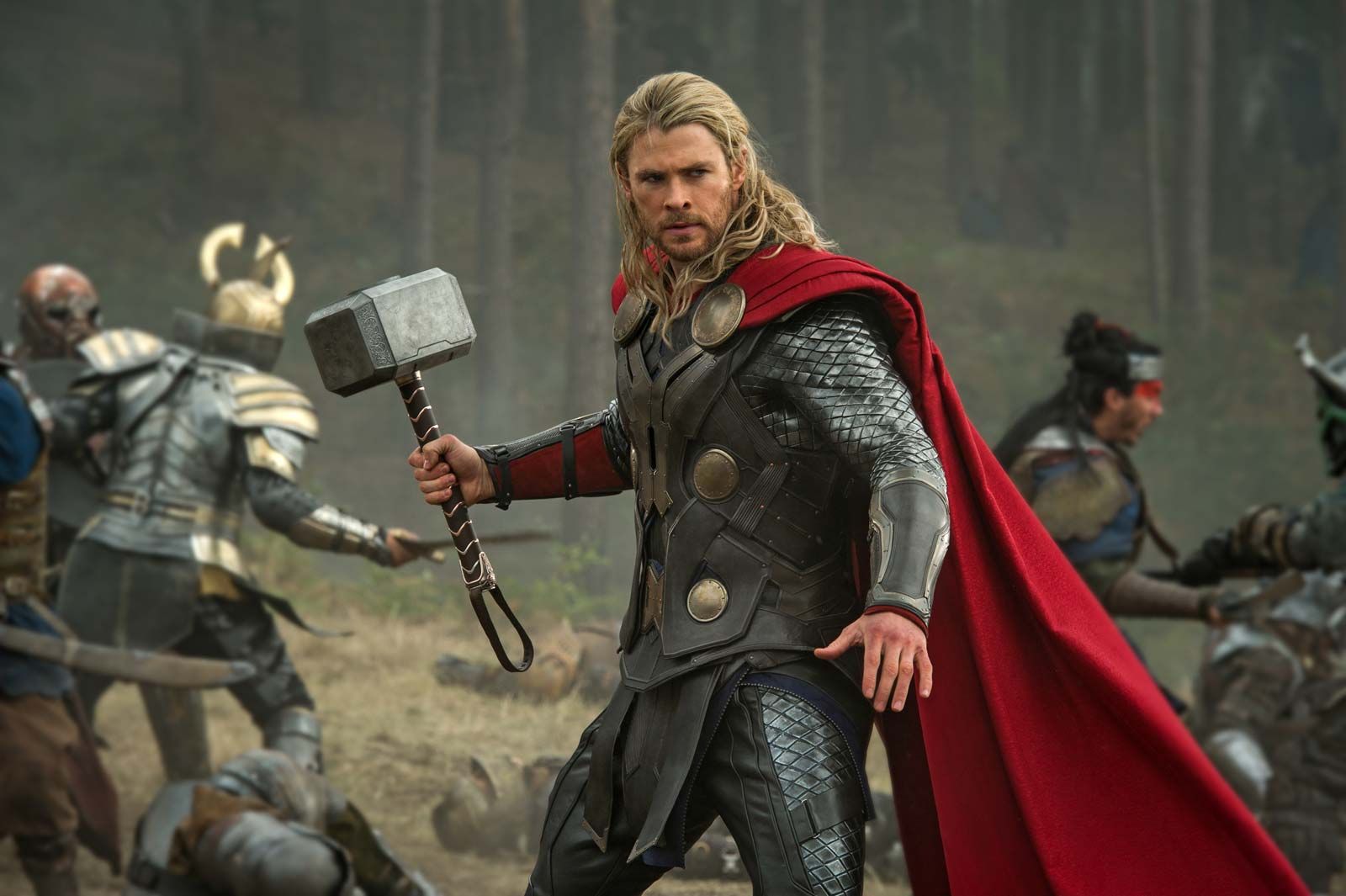
CAPTAIN AMERICA
Simon and Kirby created Steve Rogers, a would-be army enlistee rejected by recruiters because of his small size. Rogers volunteers to receive a top-secret serum, and he is transformed into a “super soldier.” Dubbed Captain America and clad in a red, white, and blue costume with a matching stars-and-stripes shield, Rogers joins the U.S. Army, acquires a kid sidekick—plucky regimental mascot Bucky Barnes—and embarks on a career of enthusiastic Nazi-bashing.
The early stories were simple, straightforward tales peopled with bizarre villains such as the Hunchback of Hollywood, the Black Toad, and Ivan the Terrible. Chief among them was the Red Skull, a seemingly invincible Nazi whose face literally was a crimson skull. The stories of derring-do were gripping and fast-moving, and the comic became one of the most widely read titles of the so-called Golden Age of comics. Audience identification with Captain America was central to that success. The first issue announced the creation of “The Sentinels of Liberty” fan club; eager young readers could join for just a dime, which entitled them to a membership card and a metal badge. The club proved so popular that its badge promotion had to be discontinued because of wartime metal rationing.
By the time of the attack on Pearl Harbor, in December 1941, Captain America Comics had become the publisher’s top-selling title, and, over the course of World War II, Captain America and Bucky fought the Axis powers on multiple fronts. After 10 successful issues, the comic’s creators were enticed away to rival company DC Comics, but their replacements—novice writer-editor Stan Lee and various artists—handled things well. In 1944 the character received the honour of his own Republic Pictures serial, Captain America, which was confirmation of his iconic status. As the war wound down, the market for patriotic superheroes began to shrink, and Captain America and Bucky were literally put on ice. In a story set in the final days of the war, the pair attempt to defuse a bomb on a drone aircraft, but the plane explodes over the frigid North Atlantic, sparking a complicated chain of events that ends with Bucky missing and Rogers floating in the water, seemingly dead.
The postwar years saw a proliferation of differently themed comics: horror, funny animals, westerns, romance stories—everything, it seemed, except superheroes. With the disappearance of Rogers, the mantle of Captain America passed to a succession of replacement heroes, but they failed to resonate with the stalwart Sentinels of Liberty club members. Captain America Comics ended with issue no.73 (July 1949), and, after two issues titled Captain America’s Weird Tales, the series was canceled. Barely four years later, however, Captain America returned in Young Men no.24 (1953), and the Captain America comic resumed printing in May 1954. The book, which boasted Captain America…Commie Smasher! as a subtitle, was an obvious product of the McCarthy era. The public did not warm to it. The Captain America series was canceled for a second time in September 1954.
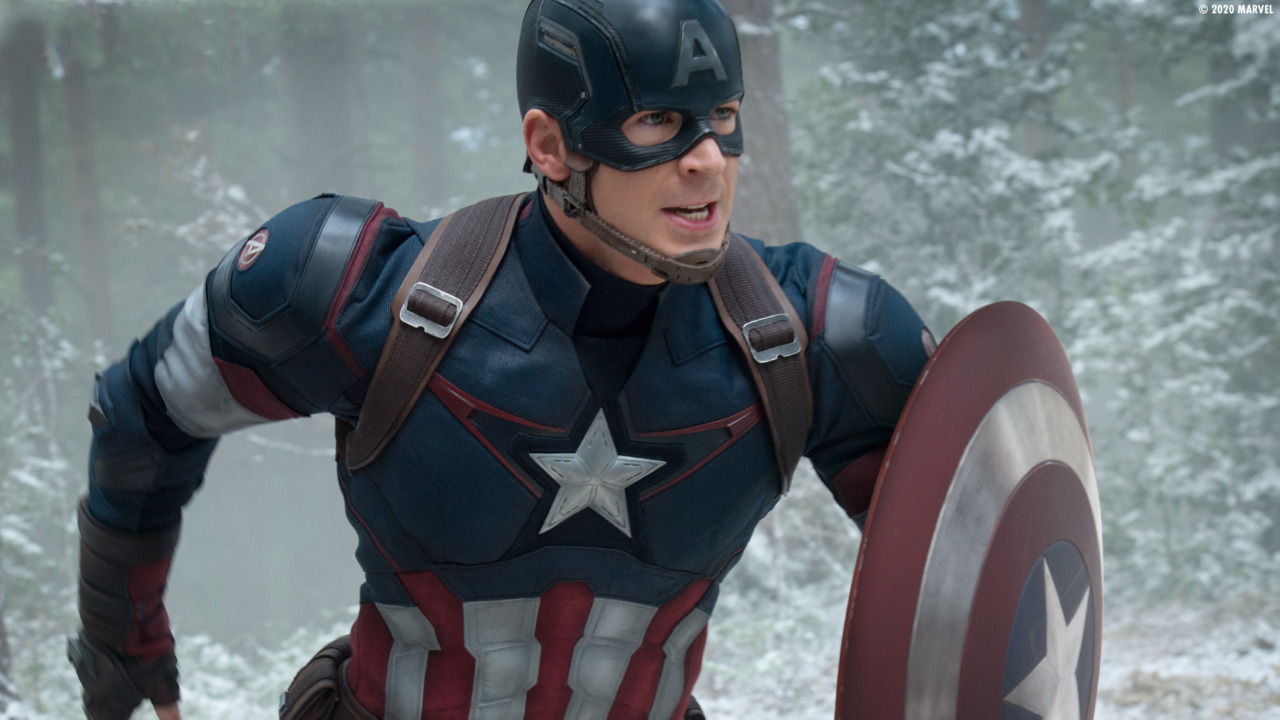
HULK (BRUCE BANNER)
Created by writer Stan Lee and artist Jack Kirby, the character first appeared in the debut issue of The Incredible Hulk (May 1962). In his comic book appearances, the character, who has dissociative identity disorder (DID), is primarily represented by the alter ego Hulk, a green-skinned, hulking, and muscular humanoid possessing a limitless degree of physical strength, and the alter ego Dr. Robert Bruce Banner, a physically weak, socially withdrawn, and emotionally reserved physicist, both of whom typically resent each other.
Following his accidental exposure to gamma rays while saving the life of Rick Jones during the detonation of an experimental bomb, Banner is physically transformed into the Hulk when subjected to emotional stress, at or against his will. This transformation often leads to destructive rampages and conflicts that complicate Banner's civilian life. The Hulk's level of strength is usually conveyed proportionate to his anger level. Commonly portrayed as a raging savage, the Hulk has been represented with other alter egos, from a mindless, destructive force (War) to a brilliant warrior (World-Breaker), a self-hating protector (the Devil Hulk), a genius scientist in his own right (Doc Green), and a gangster (Joe Fixit).
Despite Hulk and Banner's desire for solitude, the character has a large supporting cast. This includes Banner's love interest Betty Ross, his best friend, Rick Jones, his cousin She-Hulk, and therapist and ally Doc Samson. In addition, the Hulk alter ego has many key supporting characters, like his co-founders of the superhero team the Avengers, his queen Caiera, fellow warriors Korg and Miek, and sons Skaar and Hiro-Kala. However, his uncontrollable power has brought him into conflict with his fellow heroes and others. Despite this, he tries his best to do what's right while battling villains such as the Leader, the Abomination, the Absorbing Man, and more.
Lee stated that the Hulk's creation was inspired by a combination of Frankenstein and Dr. Jekyll and Mr. Hyde.[4] Although the Hulk's coloration has varied throughout the character's publication history, the usual color is green.
One of the most iconic characters in popular culture,[5][6] the character has appeared on a variety of merchandise, such as clothing and collectable items, inspired real-world structures (such as theme park attractions), and been referenced in several media. Banner and the Hulk have been adapted into live-action, animated, and video game incarnations. The character was first played in live-action by Bill Bixby and Lou Ferrigno in the 1978 television series The Incredible Hulk and its subsequent television films The Incredible Hulk Returns (1988), The Trial of the Incredible Hulk (1989), and The Death of the Incredible Hulk (1990). In the film, the character was played by Eric Bana in Hulk (2003). In the Marvel Cinematic Universe (MCU), the character was first portrayed by Edward Norton in the film The Incredible Hulk (2008) and then by Mark Ruffalo in later appearances in the franchise.
